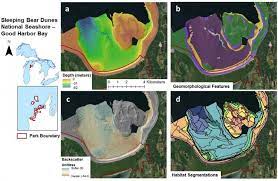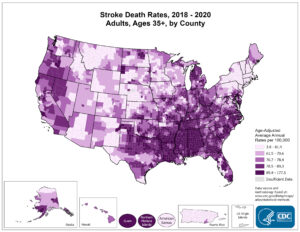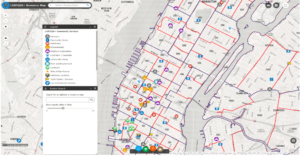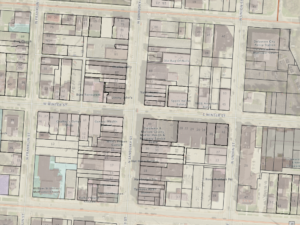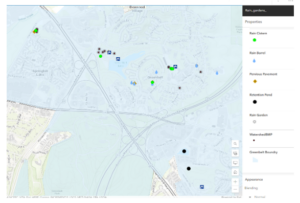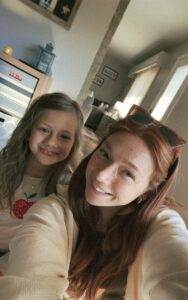Introduction:
- Hello! My name is Liberty Brock, and I am a senior here at OWU. I am double majoring in Botany and Environmental Science. I’m from a small, rural town in the foothills of Appalachia Ohio. I have always loved being outdoors so that is where a lot of my passion for nature comes from as well as my motivation behind my majors. My hobbies include hiking, reading, anything artsy/crafty, running, and spending quality time with my friends.

Schuurman Reading: Chapter 1
- After reading the first chapter of this book, I feel more confident with taking this class. I have little to no knowledge or past experience in GIS and I’ve honestly had a little bit of a love hate relationship with the thought of GIS. Before reading this chapter, I didn’t really understand the basics of GIS and I think that’s kind of what has turned me away from wanting to take one of these courses. Now, I understand the versatility and importance of this system and how it can even improve the overall well being/quality of life. Even though this system is more complex than it’s face value of being a mapping system, I think that almost makes it easier to comprehend. From my interpretation, it seems as though the GIS system is comprised of algorithms and stages rather than being a whole system functioning at a base level. There are a multitude of different pieces that allow the whole system to function as one similarly to how a puzzle works. Each piece of the puzzle doesn’t really represent the entire image of the puzzle when looking at the pieces alone, but those pieces interconnected together create this … I really enjoyed learning about the different functions of GIS and that they extend beyond fields in Environmental Science and Geography. Before reading this, I didn’t realize that GIS was prevalent in social work issues as well such property definitions, tax assessment information, and etc. Additionally, I really enjoyed learning about the history of GIS and how the roots of GIS trace all the way back to 1962 from a landscape architect, Ian McHarg, who created the concept of overlay.
GIS Application
- I’m really interested in how GIS could be used to map invasive species in an area. Using google, I searched for “GIS mapping applications” and “invasive plant species” to see how GIS is being used to track the movement of invasive species. It seems like there is limited information over this topic though, which makes sense because I can imagine that this is difficult to track. https://www.stanleyparkinvasiveplants.com/SPinvasivePlantMapping.pdf
- GIS image
- I’m also interested in how GIS is used to optimize agricultural production. Using google, I searched for “GIS mapping applications” and “agriculture” to see how GIS is improving crop outputs. https://smallfarms.cornell.edu/2017/04/use-of-gis/
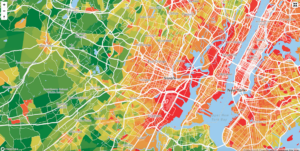
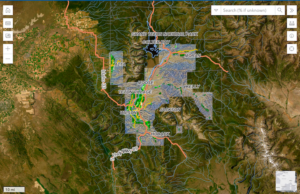

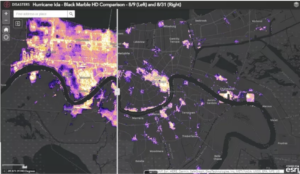
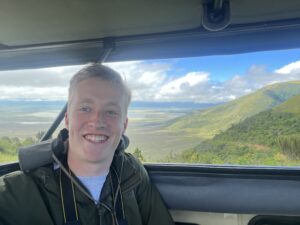
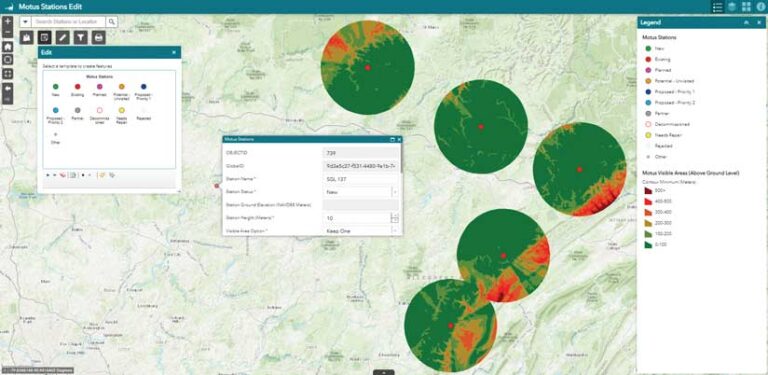
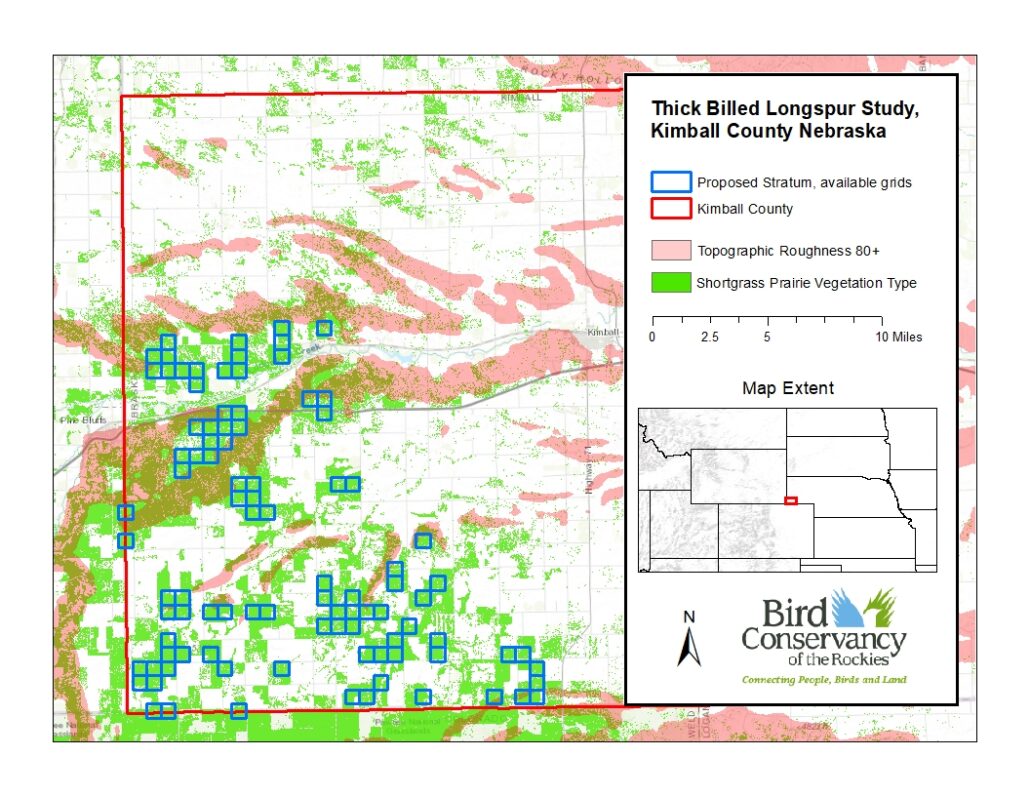
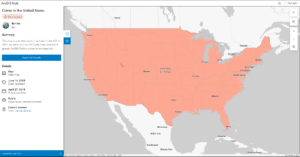
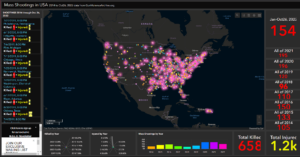
 town located in southwest Ohio. I have always been interested in the outdoors and wildlife conservation.
town located in southwest Ohio. I have always been interested in the outdoors and wildlife conservation. 